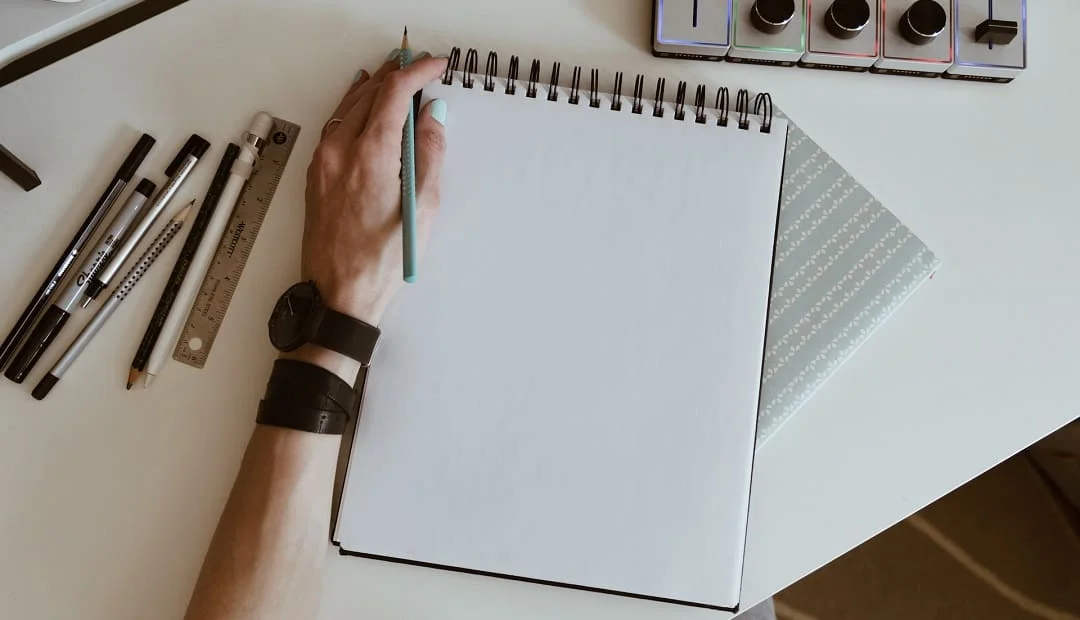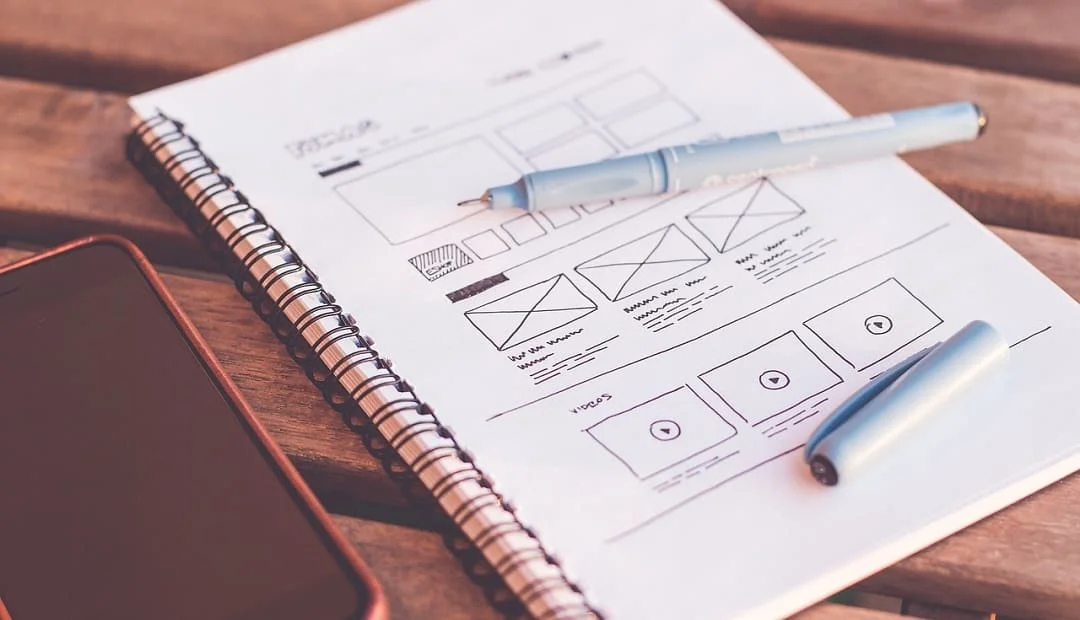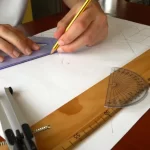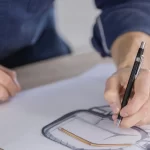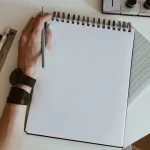Understanding the Requirements for Provisional Patent Drawings
- October 12, 2023
- By Sarita Thomas
- Read 9 minutes
What are provisional patent drawings?
Provisional patent drawings are visual representations of an invention that are included in a provisional patent application. These drawings provide a detailed and accurate depiction of the invention, helping to support the written description and claims. They play a crucial role in illustrating the unique features and functionality of the invention, making it easier for patent examiners and others to understand its technical aspects. Provisional patent drawings should be clear, labeled, and properly formatted to meet the requirements set by the patent office.
Importance of provisional patent drawings
Provisional patent drawings play a crucial role in the patent application process. They provide a visual representation of the invention, helping to illustrate its unique features and functionality. These drawings serve as a valuable tool for patent examiners and potential investors to understand the invention’s technical aspects. Furthermore, they can strengthen the patent application by demonstrating the novelty and non-obviousness of the invention. Therefore, it is essential to ensure that the provisional patent drawings are accurate, clear, and detailed to effectively support the patent application.
Legal requirements for provisional patent drawings
When it comes to provisional patent drawings, there are certain legal requirements that must be met. These requirements ensure that the drawings accurately depict the invention and provide sufficient detail for a patent examiner to understand the invention. One of the key requirements is that the drawings must be clear and legible, with all lines and symbols easily distinguishable. Additionally, the drawings should be done in black ink on white paper or a similar contrasting background. It is also important to include reference numerals in the drawings to indicate the various parts of the invention. By meeting these legal requirements, inventors can strengthen their provisional patent applications and increase the likelihood of obtaining a granted patent.
Understanding the Requirements for Provisional Patent Drawings
Technical accuracy
When it comes to provisional patent drawings, technical accuracy is of utmost importance. The drawings must be precise and detailed, capturing every aspect of the invention. This includes dimensions, proportions, and specific features that make the invention unique. Any inaccuracies or omissions in the drawings can lead to misunderstandings or even rejection of the patent application. Therefore, it is crucial to ensure that the provisional patent drawings are technically accurate to effectively communicate the invention to the patent examiner.
Clear and concise representation
When it comes to provisional patent drawings, it is crucial to provide a clear and concise representation of the invention. This means that the drawings should accurately depict the key features, functions, and structure of the invention in a way that is easily understandable to the reader. By ensuring clarity and conciseness in the drawings, the inventor can effectively communicate the unique aspects of their invention to the patent examiner, which can greatly increase the chances of a successful patent application.
Compliance with patent office guidelines
In order to ensure the acceptance of provisional patent drawings, it is crucial to comply with the guidelines set by the patent office. These guidelines dictate the specific format, size, and content requirements for the drawings. It is important to accurately depict the invention in the drawings, providing clear and detailed illustrations that showcase the unique features and functionality. Additionally, the drawings must be labeled and referenced properly, with each element and component clearly identified. By adhering to the patent office guidelines, applicants can increase the chances of their provisional patent drawings being accepted and considered during the patent application process.
Technical Accuracy
Detailed and accurate depiction of the invention
Provisional patent drawings play a crucial role in the patent application process, providing a detailed and accurate depiction of the invention. These drawings are essential in conveying the technical aspects and functionality of the invention to the patent examiner. The drawings should be clear, concise, and visually appealing, enabling the examiner to understand the invention without any ambiguity. It is important to ensure that the drawings accurately represent the invention’s features, dimensions, and relationships, as they serve as a visual reference for the patent application. Therefore, meticulous attention to detail and precision is necessary when creating the provisional patent drawings.
Use of appropriate scales and dimensions
When creating provisional patent drawings, it is essential to use appropriate scales and dimensions. The drawings should accurately represent the invention and its various components. Using the correct scale ensures that the drawings are clear and easily understandable. Additionally, dimensions should be provided for key features and elements to provide a comprehensive understanding of the invention. By using appropriate scales and dimensions, the provisional patent drawings can effectively support the patent application and help in the understanding of the invention by patent examiners and potential investors.
Inclusion of all necessary views and angles
When creating provisional patent drawings, it is crucial to include all necessary views and angles of the invention. This ensures that the drawings accurately represent the invention and provide a comprehensive understanding to the patent examiner. By including multiple views, such as front, side, top, and perspective views, any unique features or functional aspects of the invention can be clearly depicted. Additionally, including different angles allows for a more thorough examination of the invention, enabling the examiner to fully grasp its design and functionality. Therefore, it is essential to carefully consider and include all relevant views and angles in provisional patent drawings to enhance the likelihood of a successful patent application.
Clear and Concise Representation
Use of proper labeling and numbering
Proper labeling and numbering of provisional patent drawings are essential to ensure clarity and understanding. Each element in the drawing should be labeled with a reference numeral, and the corresponding description should be provided in the patent application. Additionally, the drawings should be numbered consecutively to aid in cross-referencing and easy navigation. By following these guidelines, patent examiners and other stakeholders can easily identify and interpret the components of the provisional patent drawings.
Avoidance of unnecessary details
When creating provisional patent drawings, it is important to avoid including unnecessary details. The purpose of these drawings is to provide a clear and concise representation of the invention, focusing on the essential features. Including excessive details can not only clutter the drawings but also confuse the examiner. Therefore, it is crucial to carefully consider what information is relevant and essential for understanding the invention and omit any unnecessary details.
Clarity in conveying the invention’s features
In order to meet the requirements for provisional patent drawings, it is crucial to ensure clarity in conveying the invention’s features. The drawings should accurately depict the unique aspects of the invention, providing a clear and comprehensive understanding to the reader. This includes highlighting key components, dimensions, and relationships between various elements. By maintaining clarity in the drawings, inventors can effectively communicate their innovative ideas and enhance the chances of successfully obtaining a provisional patent.
Compliance with Patent Office Guidelines
Understanding the specific requirements of the patent office
While filing a provisional patent application, it is crucial to understand the specific requirements set by the patent office. These requirements govern the format and content of the provisional patent drawings, ensuring that they meet the necessary standards for patentability. The patent office may have specific guidelines regarding the size, margins, and labeling of the drawings, as well as the use of shading, cross-referencing, and numbering. By understanding and adhering to these requirements, inventors can increase the chances of their provisional patent drawings being accepted and considered during the patent application process.
Adherence to formatting and file type guidelines
When preparing provisional patent drawings, it is crucial to adhere to the formatting and file type guidelines set forth by the patent office. These guidelines ensure that the drawings are clear, legible, and can be easily understood by patent examiners. The formatting guidelines may include specifications for the size, margins, and font style of the drawings, while the file type guidelines may require the drawings to be submitted in a specific digital format, such as PDF or TIFF. By following these guidelines, inventors can ensure that their provisional patent drawings meet the necessary requirements and increase their chances of obtaining a patent.
Submission of drawings in the specified manner
When submitting provisional patent drawings, it is important to follow the specified guidelines and requirements. These guidelines ensure that the drawings are clear, accurate, and suitable for understanding the invention. The drawings should be in black and white, with clear lines and shading. They should also be on durable, non-shiny paper and be of a suitable size. Additionally, the drawings should include reference numerals and labels to indicate the various parts of the invention. By adhering to these requirements, the provisional patent drawings can effectively support the patent application and provide a comprehensive understanding of the invention to the patent examiner.
Importance of meeting the requirements for provisional patent drawings
Meeting the requirements for provisional patent drawings is crucial for the success of your patent application. Provisional patent drawings serve as visual representations of your invention and play a significant role in conveying the details and functionality of your invention to the patent examiner. By meeting the requirements for provisional patent drawings, you ensure that your invention is accurately depicted, which enhances the clarity and understanding of your invention. Additionally, meeting these requirements demonstrates your professionalism and attention to detail, which can positively influence the patent examiner’s perception of your application. Failing to meet the requirements for provisional patent drawings can result in delays, rejections, or even the loss of patent rights. Therefore, it is essential to carefully follow the guidelines and specifications provided by the patent office to ensure that your provisional patent drawings meet the necessary requirements.
Enhanced chances of successful patent application
When it comes to filing a provisional patent application, understanding the requirements for provisional patent drawings is crucial. Provisional patent drawings play a vital role in illustrating the invention and providing a clear understanding of its features and functionality. By following the guidelines set by the patent office, applicants can enhance their chances of a successful patent application. Accurate and detailed drawings help examiners evaluate the invention effectively, ensuring that all the necessary elements are adequately depicted. Therefore, it is essential to pay attention to the requirements for provisional patent drawings to increase the likelihood of a favorable outcome.
Professional assistance for ensuring compliance
When it comes to creating provisional patent drawings, it is crucial to ensure compliance with the requirements set by the patent office. This is where professional assistance becomes invaluable. By seeking the help of experienced patent illustrators or patent drafting services, inventors can ensure that their drawings meet all the necessary criteria. These professionals have a deep understanding of the patent drawing guidelines and can provide accurate and high-quality drawings that comply with the patent office’s standards. With their expertise, inventors can have peace of mind knowing that their provisional patent drawings are in compliance and will support their patent application effectively.
With Professional Patent Drawings (PPD), your vision comes to life in detailed, impeccable designs. Trust our experts to capture the essence of your innovation. Together, let’s sketch the future.

